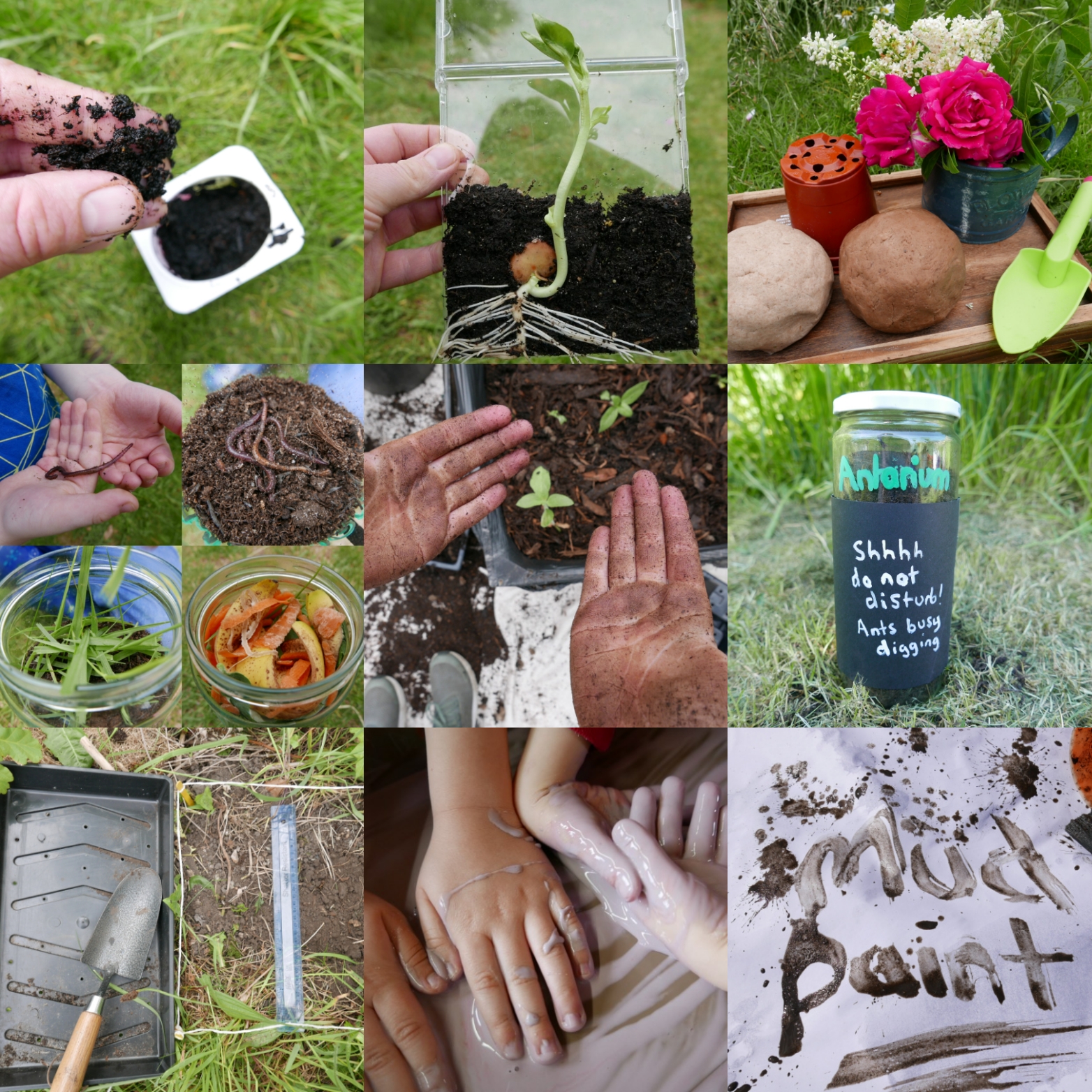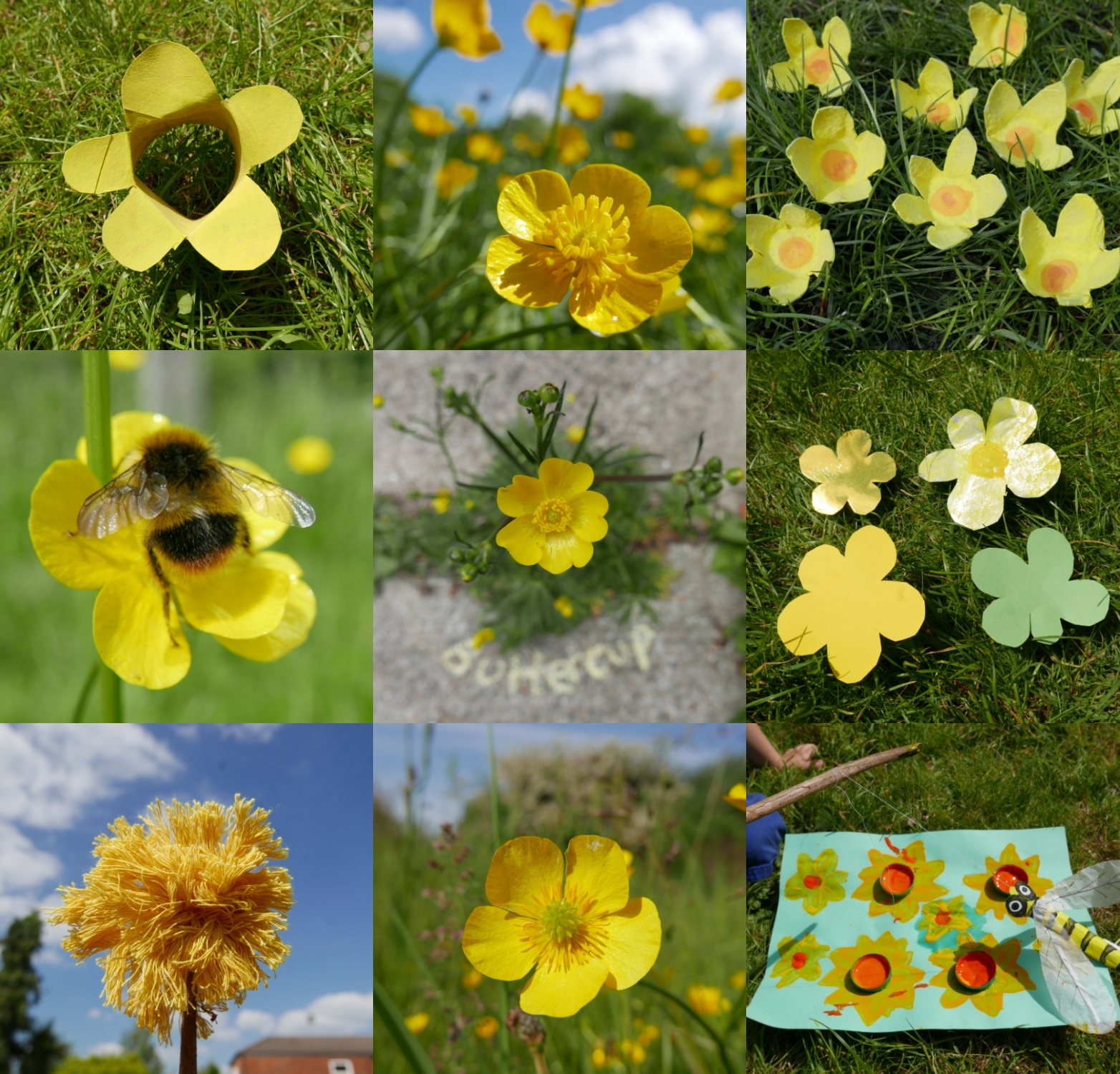Buttercups are bright and cheerful wildflowers that provide an important source of food for pollinators and other wildlife. With over 1700 species of Buttercup world wide these beautiful and prolific little wildflowers have developed many clever tricks to help them to thrive and survive in a competitive world.
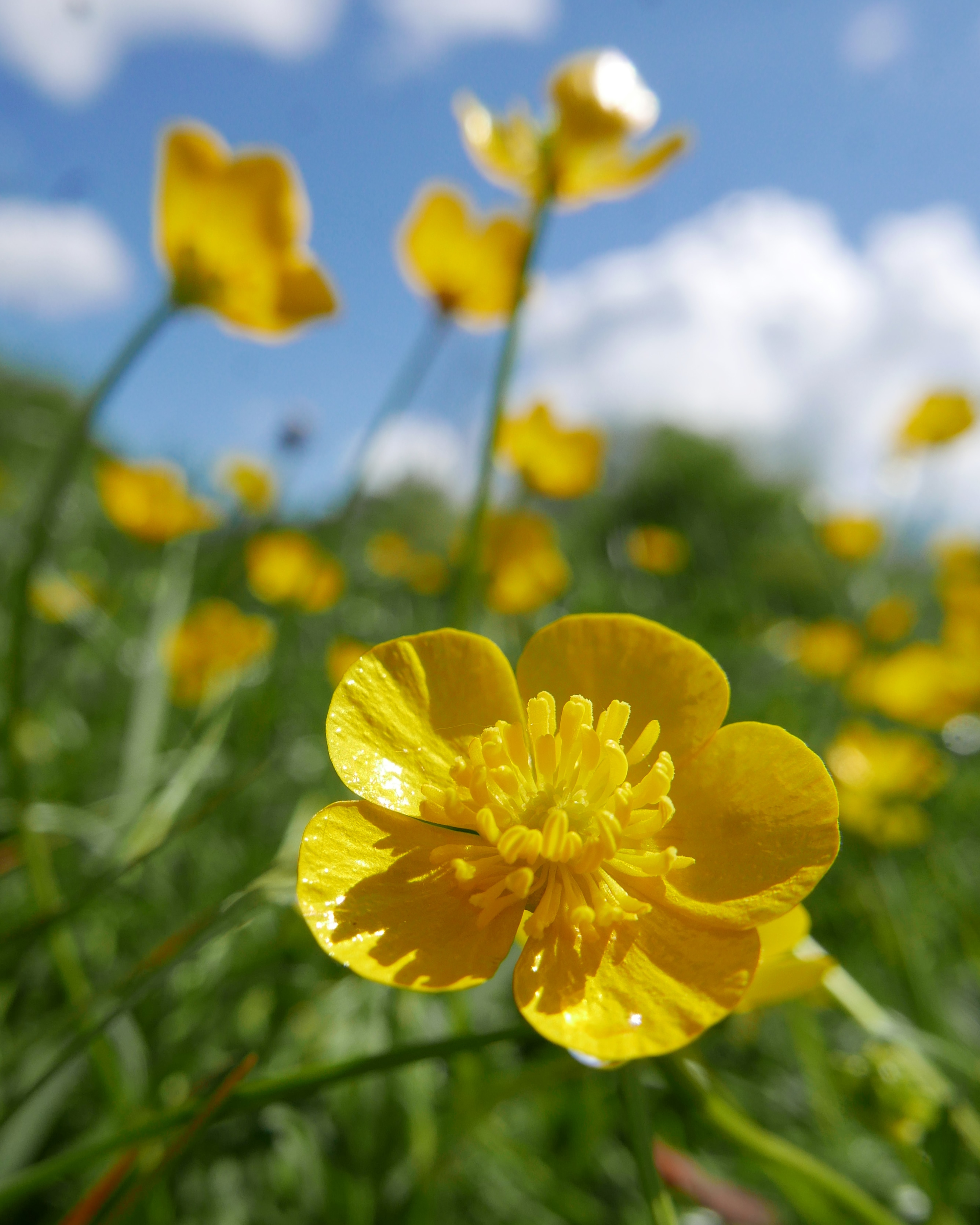
Buttercups are unique in having shiny petals that catch and reflect the suns light helping to attract pollinators. The petals have a thin surface layer containing yellow pigments which light passes through into a thin chamber of air. The starch in the air layer scatters the light and reflects some of it back through the yellow pigments giving the buttercups their bright glowing colour. In doing so they also reflect high levels of ultraviolet light which attracts pollinators like bees who can see the ultraviolet part of the light spectrum. Pollinating insects are also attracted to buttercups by the pool of nectar and appealing scent the flowers produce on the bottom parts of their petals.

Buttercups are Heliotropic which means they move throughout the day to follow the movement of the sun. This gives them ability to make the most of the light throughout the day and in colder weather they can also use the suns energy to warm themselves. They do this by cleverly curling their five reflective petals up into a dish shape which reflects the heat from the sun towards the flowers core warming up the reproductive organs, pollen and stamen of the flower.

A variety of wildlife depends on buttercups as a essential source of food from pollinating insects that feed on the pollen and nectar to birds and small mammals that eat the seeds. Rabbits will also occasionally eat the leaves. Buttercups are however entirely inedible for humans as the whole of the plant contains a bitter and toxic compound.
You can find lots of fun and easy activity ideas below to help you learn more about these amazing plants.

1. Look for wildflowers in urban spaces
You might be surprised to find even the most urban spaces (from cities and towns to roadsides and pavements) are bursting with wildflowers and plants when you take the time to look closely. We often think of plants that grow in places we don’t want as weeds, but in reality they are just wildflowers and plants that are trying to grow and survive in an increasingly shrinking natural world. How about going on a wildflower hunt to see how many different varieties you spot and find along the way. You could take a notepad or camera with you to record your finds and even print photo identification sheets off as a guide. Or how about taking some chalk with you so you can write the names of the plants out beside them.
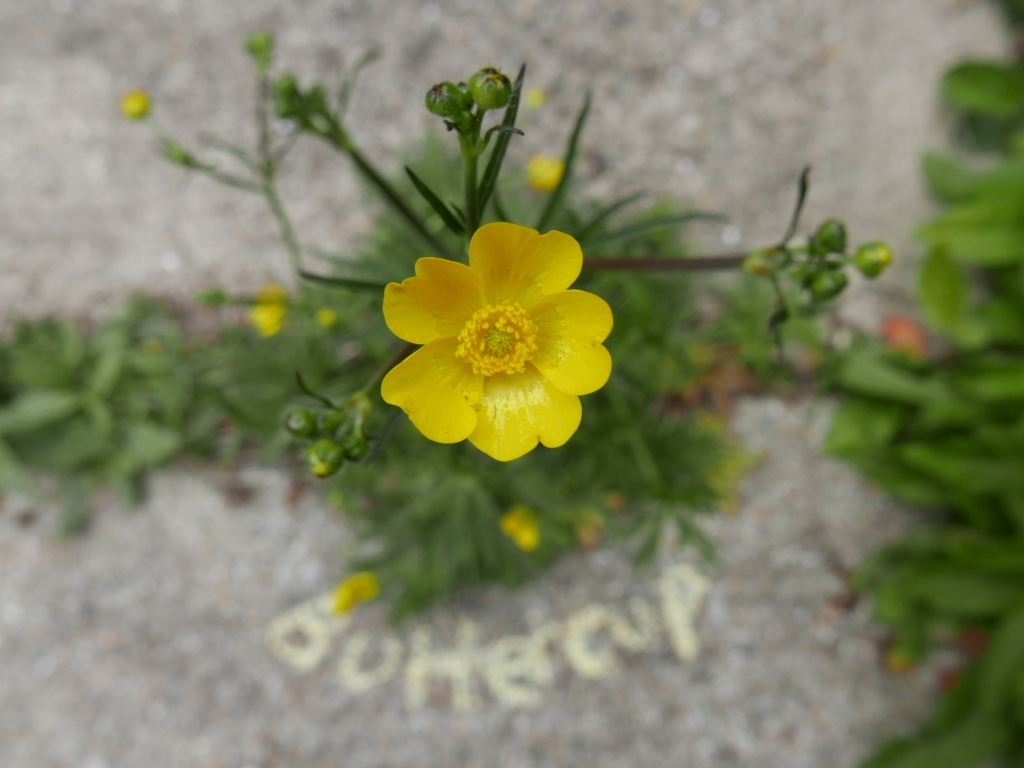
It is a shame that these incredibly adaptable and essential wildflowers called “weeds” are often pulled up or killed off by environmentally harmful pesticides. Wouldn’t it be wonderful if we just let these amazing plants grow free in our garden’s and urban spaces so they can provide food and shelter for wildlife.
2. Go on a wildlife safari amongst the buttercups
You will often find pollinating insects like bees, beetles, butterflies and moths on or around buttercup flowers feeding on the nectar. You might even spot other species insects hiding under the petals, leaves or on the stems. The undersides of flowers and plants are often teeming with insects, eggs, caterpillars and larva that you would normally overlook. It’s the perfect place for them to shelter away from predators, wind and rain as well as often providing a source of food. Again you could take a notepad or camera with you to record your finds or even print out some nature bingo or scavenger hunt sheets.

3. Experiment with reflective surfaces
You can explore and explain how buttercup petals reflect light by using a mirror (or another shiny object like a CD) to simply reflect sunlight onto different surfaces. Or you could experiment using two mirrors and another person standing a distance away and see if you can attract each other attention by wiggling both your mirrors at each other so they catch and flash the light. You could also explore the reflective qualities of a variety of different materials for example paper, card, foil, fabric, plastic, leaves, bark ect. How about cutting each of your materials into buttercup shapes and laying them out together to see which reflects the light and attracts your eye the most
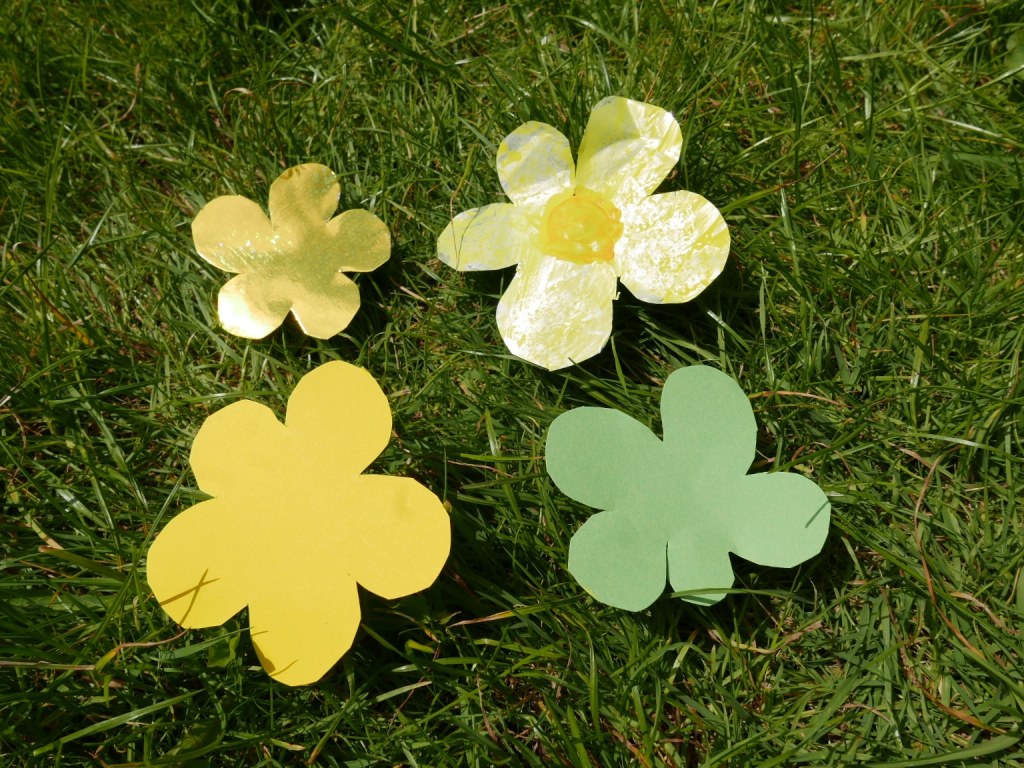
4. Put a buttercup under your chin
Of course the easiest way to demonstrate the reflective qualities of the buttercup petals is to put one under your chin and see if you can get the light to catch the buttercup so that it turns your chin yellow. Throughout history people have enjoyed the childhood game of putting buttercups under their chins to ‘see if they like butter’.

5. Explore buttercup seeds
Overtime plants have evolved a variety of different and specialized techniques to release and spread their seeds as far and as wide as possible giving them a greater chance of survival and success. Buttercup seeds in particular have evolved a clever strategy of hitchhiking and hooking onto passing animals and people. Once a buttercup flower is pollinated the flower petals fall away and the center of the follow starts to form the fruiting bodies containing seeds. You can find and look closely at these clever seed heads to see the tiny hooks at the end of each one.
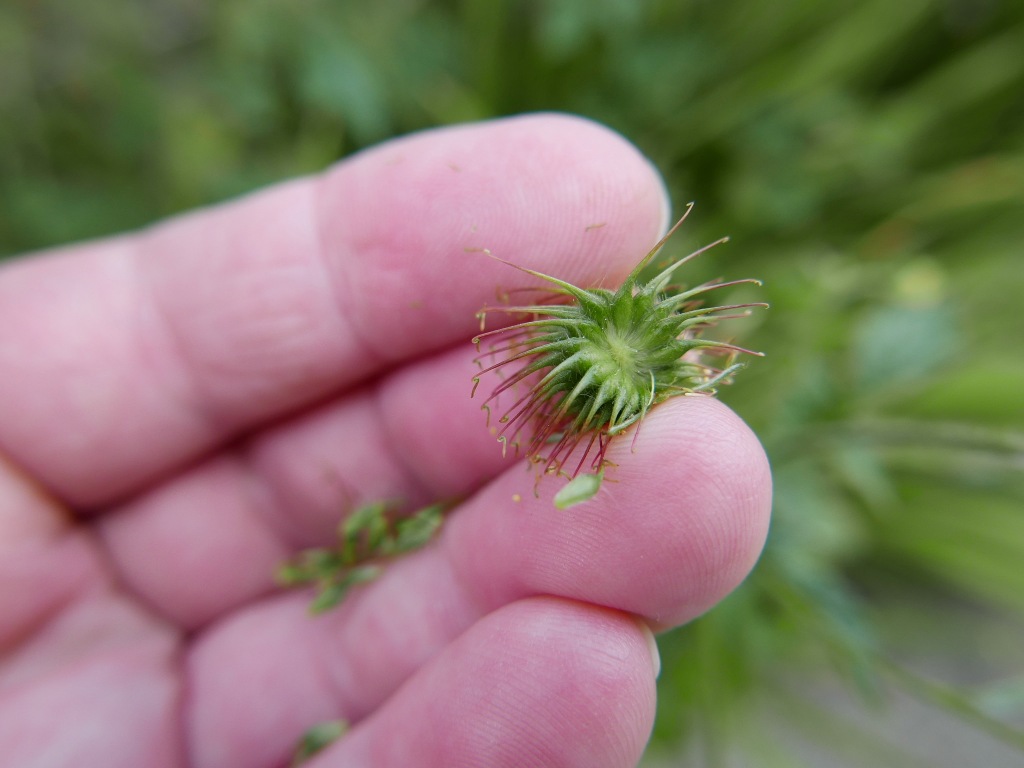
6. Play a pollination game
You can learn how insects pollinate buttercups and other flowering plants by playing a simple pollination game. All you need for this is a large sheet of paper or cardboard, recycled bottle tops, a stick, string, glue and paint. First you need to paint some flowers across the surface of your picture. A few of them need to be big enough to place the milk bottle tops in the centre.
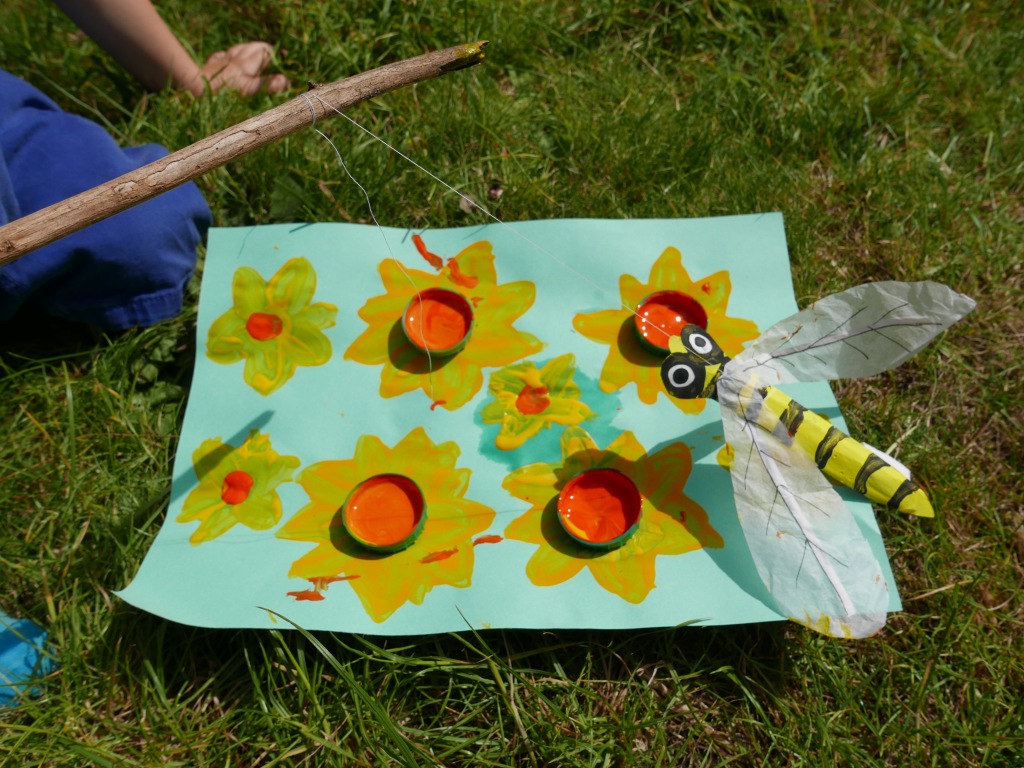
Paint the smaller flowers with yellow or orange centres and then glue a few milk bottle tops onto the larger flowers. Next paint or draw a pollinating insect like a bee or butterfly onto a piece of card and cut it out. Then glue a small scrunched up piece of tissue onto the bottom of your flying insect so it can pick up the ‘pollen’ and transfer to the other flowers. Once the paint and glue has dried on the picture and insect you can then fill the bottles tops with yellow or orange paint to make your pollen.
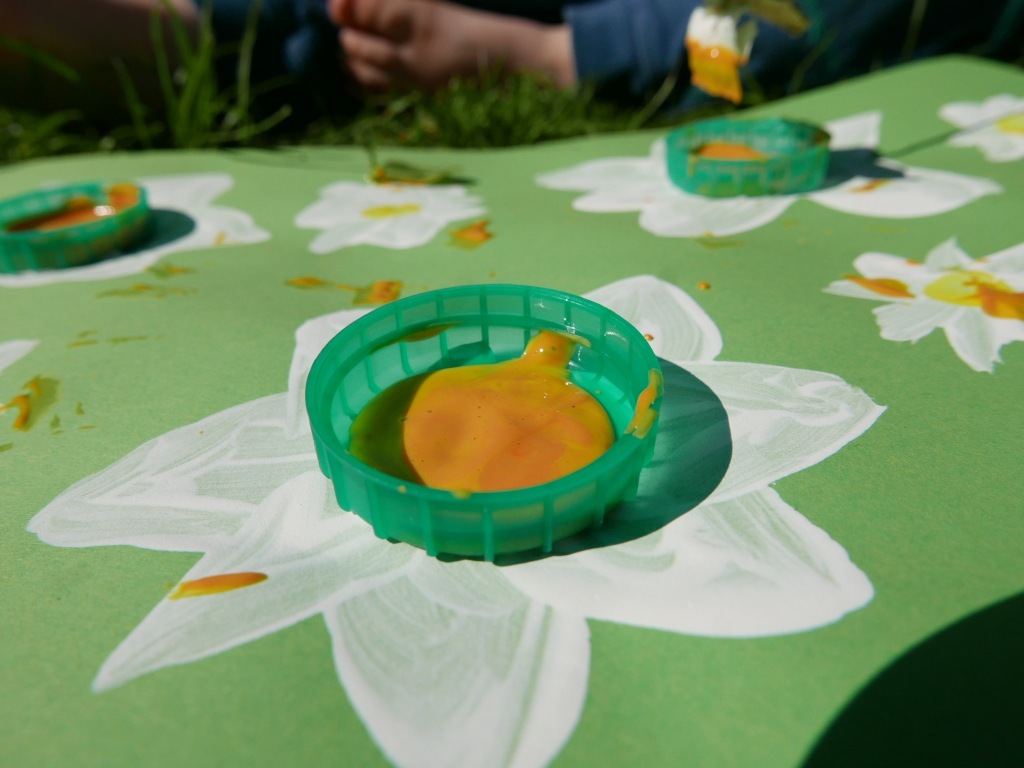
Now you can have fun dipping the bottom of your insect into the ‘pollen’ paint and landing it on the other flowers to pollinate them. This is a great opportunity to talk to children about the important role pollinating insects play in the life cycle of plants and trees. Did you know that a third of the food we eat comes from plants that rely on pollination? Even medicines and materials like morphine, aspirin and cotton are derived from pollinated plants.
7. Egg carton buttercups
We hate to waste anything and recycling and reusing materials is one of many small things we can all do to help the environment. So instead of chucking used egg cartons we like to find ways to use them in crafts and activities. You can cut easily make buttercups by cutting the bottoms of egg cartons into simple flower shapes. Then you can add colour to your egg carton buttercups using paint, pens or collaged materials.

8. Cardboard tube buttercups
Old wrapping paper or kitchen roll cardboard tubes are also great for arts and crafts. It’s quick and simple to turn an old cardboard tube into buttercups. First cut the tube into 3 or 4 smaller segments, each segment will be a flower. Take one of the smaller tubes and cut five evenly spaced slits into the top to create 5 flaps. Fold the five flaps over to form the petals and then cut the edges to make them rounded. Finally add colour to your cardboard tube buttercups using paint, pens or collaged materials.
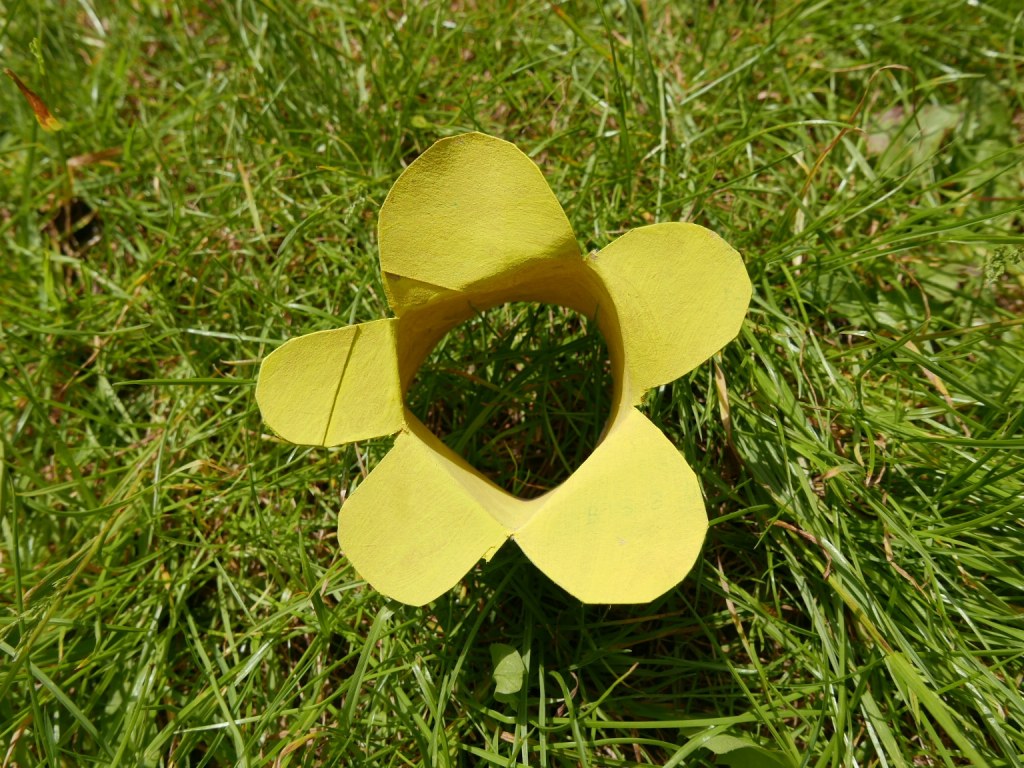
9. Buttercup finger or vegetable prints
Finger painting and potato printing are simple but fun activities for children of all ages. All you need is some paint and a surface to print onto. You could easily finger paint yellow buttercup flowers across the surface or cut potatoes or other vegetables like carrots in half and use them to print the five petals of the flowers.
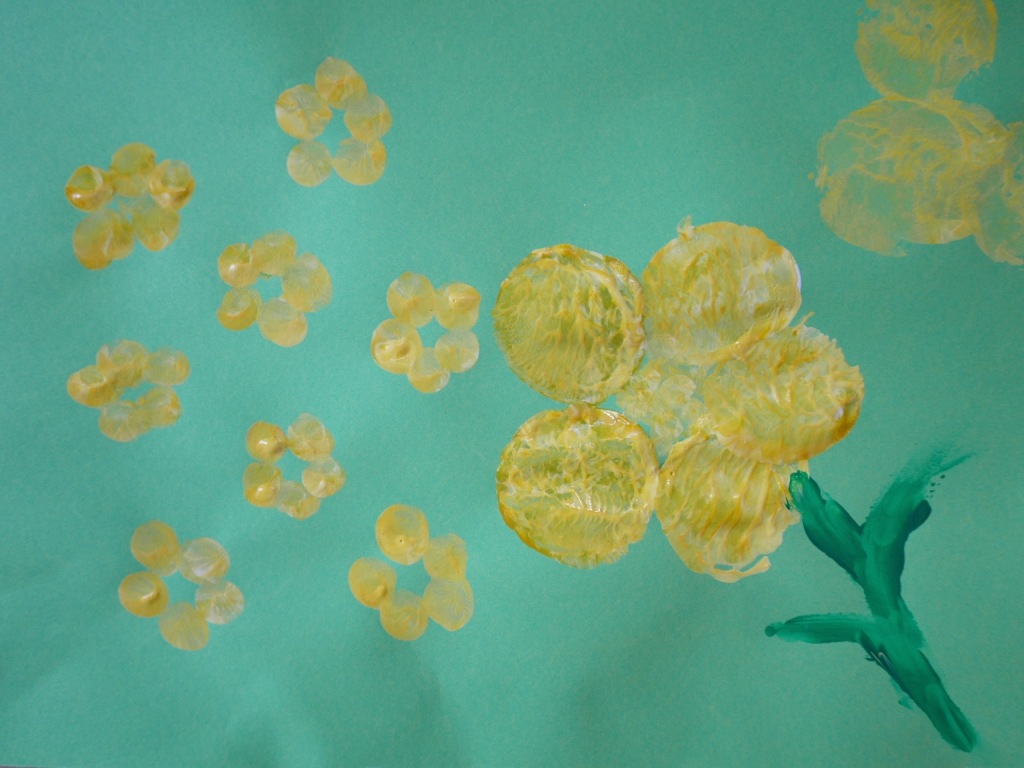
10. Pom pom buttercups
All you need to make pom pom buttercups is yellow wool, sciccors a fork and a stick. Firstly wrap your yellow wool around the prongs of a fork about 20 times. Carefully slide the wrapped wool off the fork and tie another piece of wool round the middle to form a wool bow. Next cut either sides of the wool bow open and fan the wool out to create the pom pom shape. Finally push a stick through the pom pom to give your buttercup a stem.
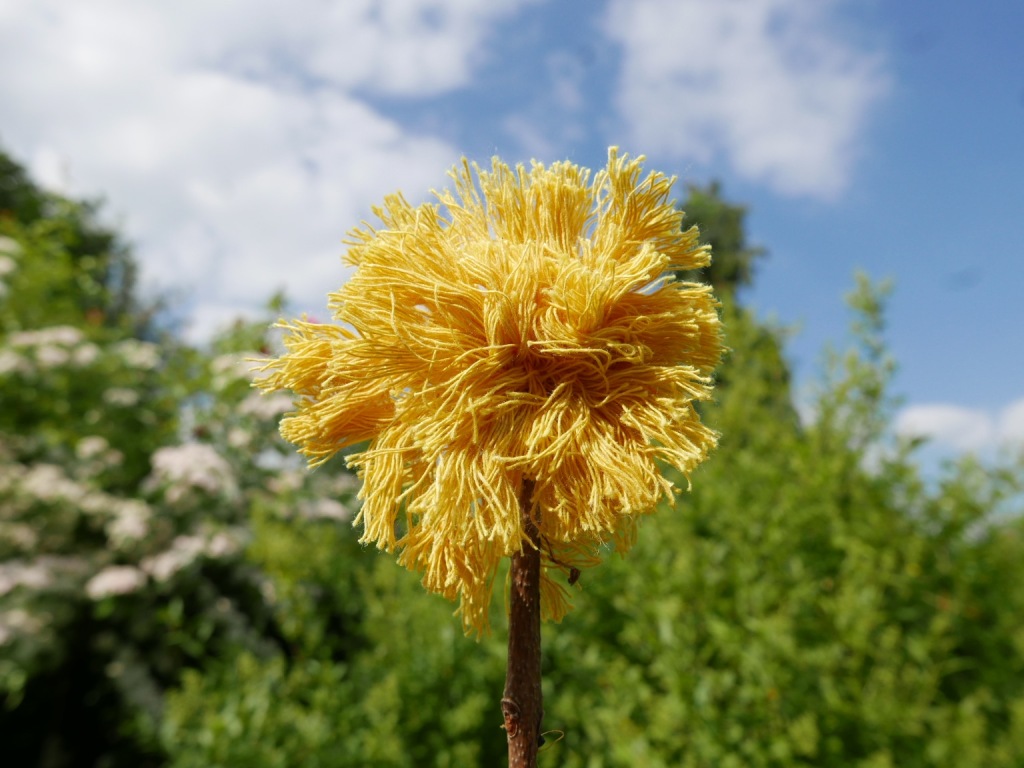
11. Painted buttercup pebbles
We love finding painted pebbles when we are out and about, it’s wonderful to see the creativity and love that people put into them. You can easily find pebbles to decorate yourself by looking in your garden, on a nature walk or along the shore. All you need then is some paint or permanent markers to paint or draw buttercup designs onto the pebbles. *Safety note please be aware of the choking hazard of pebbles with smaller children.
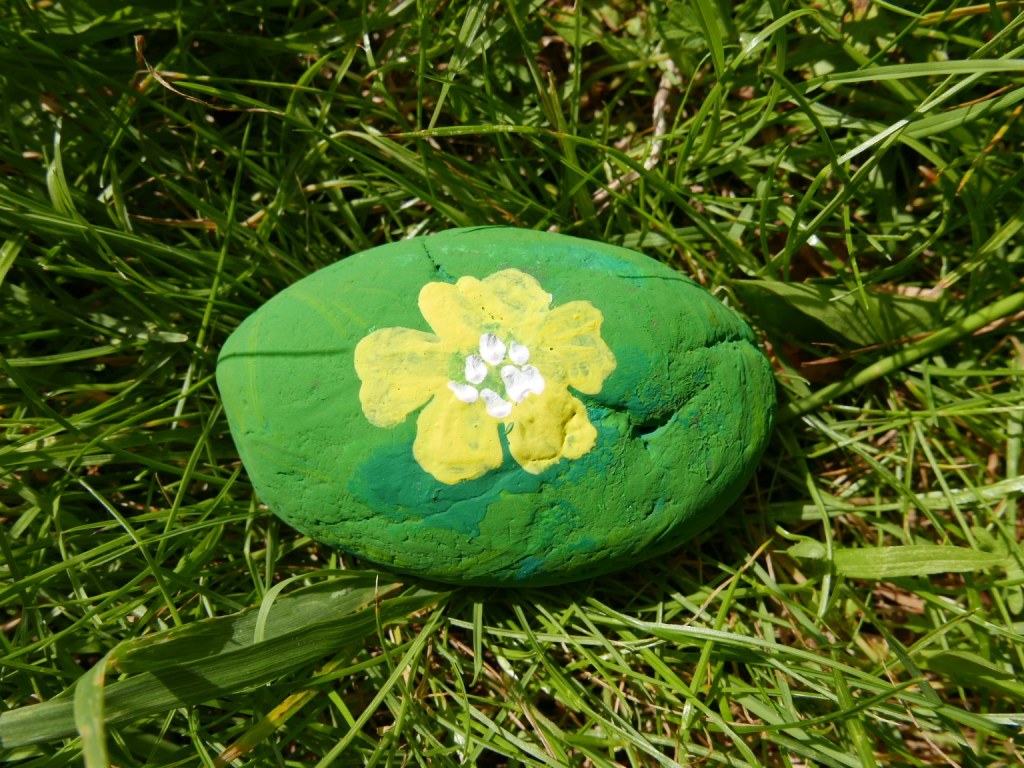
Once you have finished painting your pebbles you could use them in pretend play, as games counters or hide them in your garden and have a treasure hunt. You could even join a local rock finding group where you show pictures of the rocks you have made and invite people to find them in a local park or a safe, easy to access place. Who knows how far your rocks may travel and the adventures they might have may have along the way.
12. Buttercup nature painting
Nature painting is a simple activity for children of all ages, Just dip buttercup flowers and leaves into paint and use them as natural paintbrushes or paint, print and mark make with. How about experimenting with other different natural materials to see what variety of marks you can make by using different shapes and textures.

You could also paint directly onto the leaves or flowers to decorate them. Or lay the leaves onto paper or cardboard and then paint over them to capture the interesting outlines of the leaves. Recycled cardboard is a great environmentally material to use instead of paper. Simply cut out panels from old cardboard boxes and packaging.
13. Buttercup sensory water play
Water play is a great sensory activity for children of all ages. Buttercup flowers and leaves scattered in the water help to add extra scent, colour and texture for the children to enjoy and explore. Lavender and mint are also wonderfully calming herbs to use, but you could also use uplifting fresh citrus fruit slices as well.
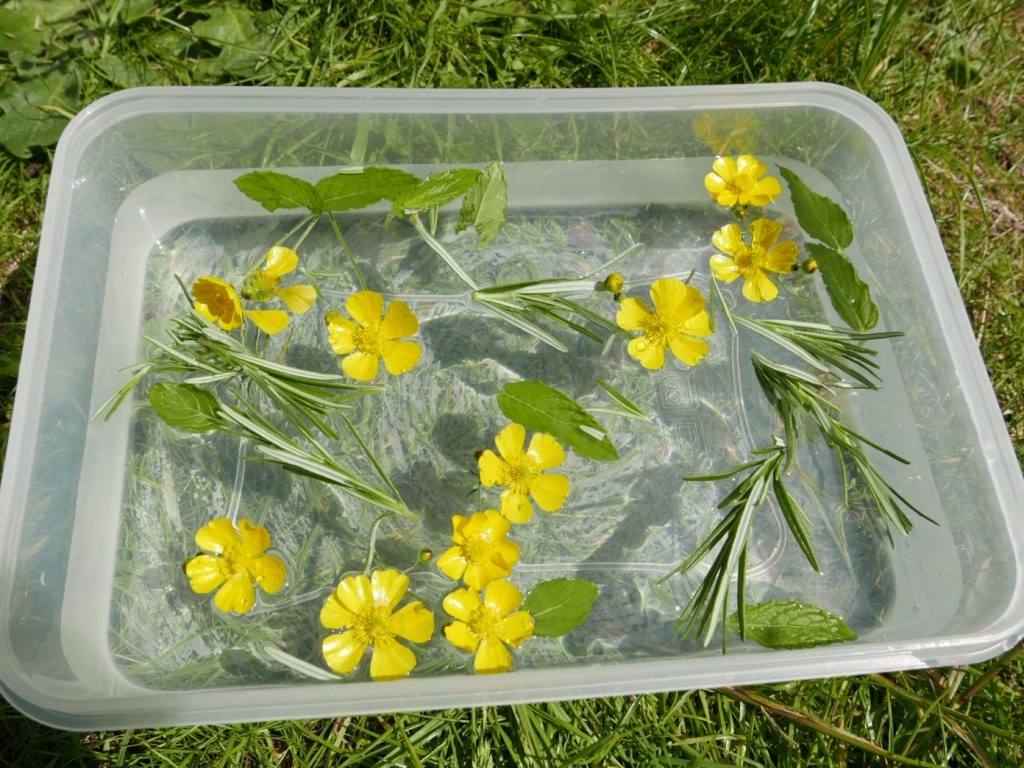
14. Sensory ice play
After you finish you can recycle the water and materials by pouring them into different shaped containers to freeze and replay with as ice blocks another day. It’s fascinating to see the objects trapped in the ice. You can hold the ice up to the light or experiment melting or breaking the ice in different ways using salt and warm water. Or the children can have fun stacking and playing with the ice to make towers.
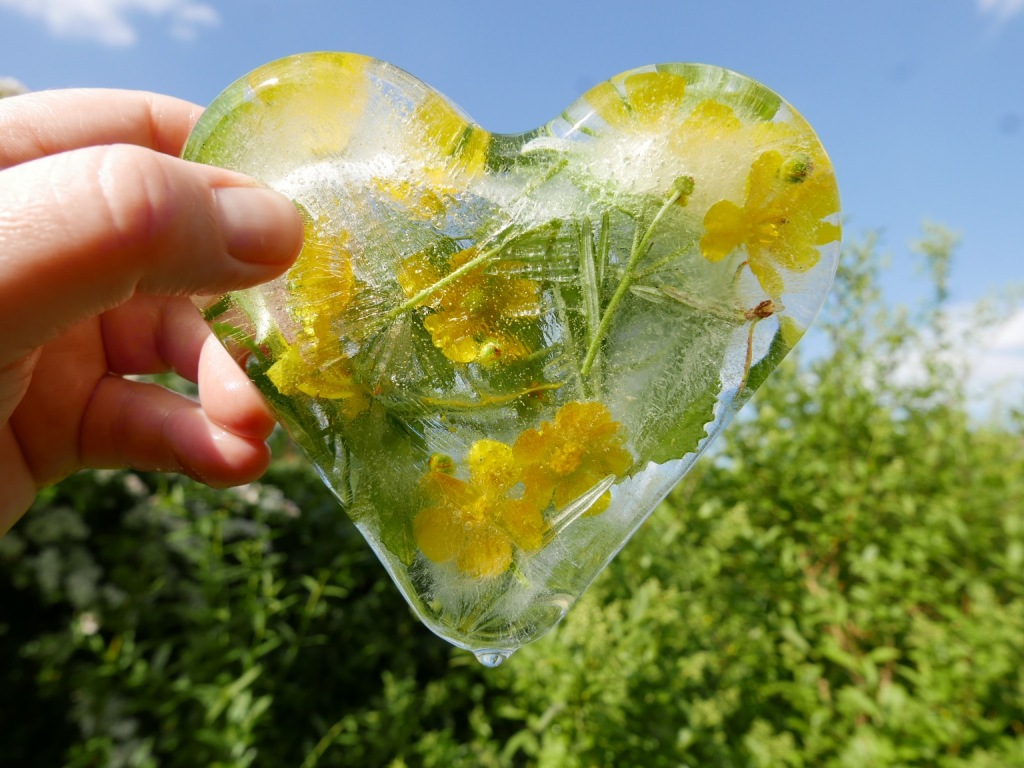
15. Tataki zome
Tataki zome is the Japanese art of transferring botanical dyes from flowers and leaves onto fabric by simply hammering them onto the surface. It’s also know as flower pounding, leaf bashing and sometimes refereed to as Hapa Zome. (Funnily enough Hapa Zome came from an artist getting the name wrong, now its more widely used than Tataki zome which is the correct name for it.)

For this activity you will need scraps of cotton or linen fabric or some old clothing. something to hammer with like a rounded stone, hammer or rolling pin, a safe surface to hammer on and finally natural botanical materials like flowers, leaves and grass. *Pretty please however don’t pick any wild flowers unless you grow themselves in your garden, only collect flowers you have grown yourself, fallen ones you find on the floor or flowers from shop bought bouquets.
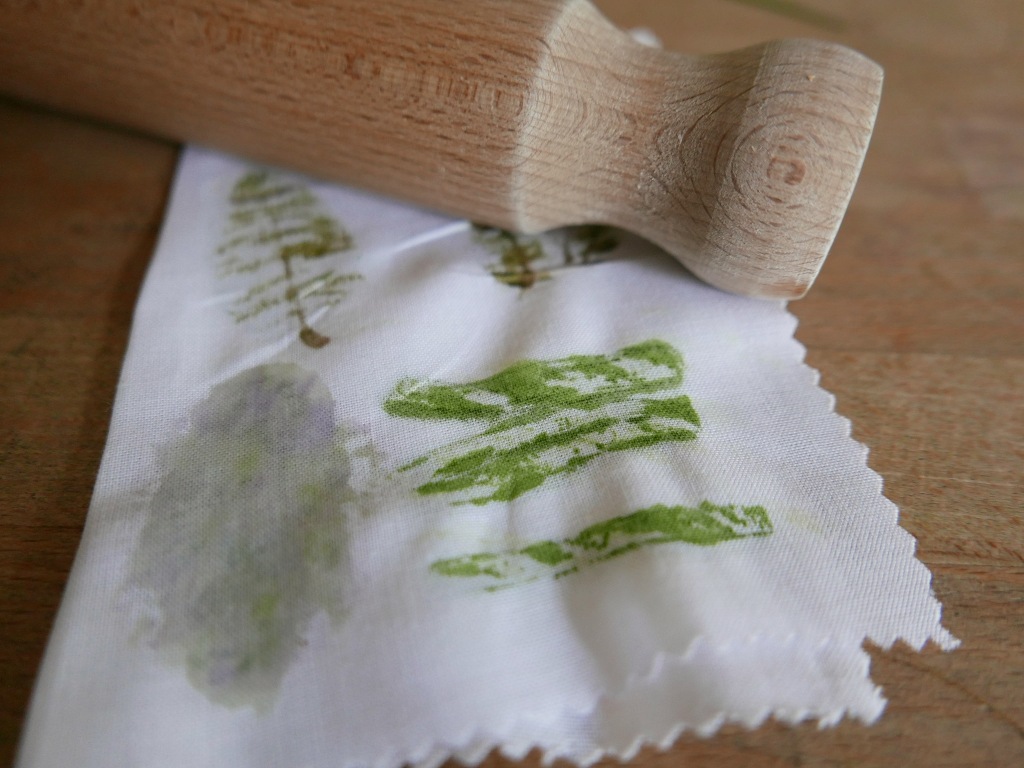
Lay the fabric or clothing flat onto a hammer safe surface and arrange your flowers and leaves on top. Then cover everything with a piece of paper or another piece of fabric. Carefully but firmly (supervision required at all times for this) hammer across the fabric with a stone or hammer. You should be able to see the dye seeping through the fabric so make sure you have hammered evenly across. Peel back the paper to see the images you have made.
16. Take part in no Mow May
No Mow may is a wonderful nature conservation initiative from Plantlife all you have to do to take part is not mow any grass during May. As wildlife habitats are in decline it’s more important than ever to make space for wildlife in our gardens and urban spaces. One of the simplest things you can do to help wildlife is let the grass grow long and wild, long grass provides shelter and food to a whole host of wildlife. You can find out more about No May and the fantastic work that Plantlife do by clicking here.
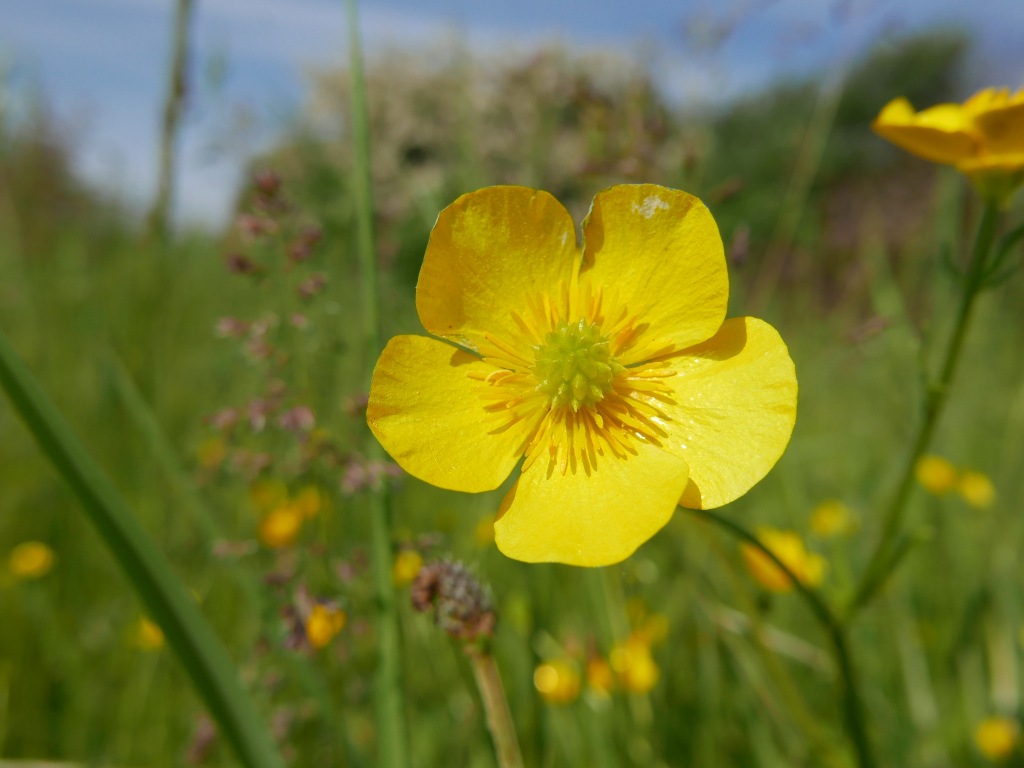
We’ve already found that leaving areas of long uncut grass growing in the garden has massively increased the variety and amount of insects and wildlife we find. Insects and amphibians enjoy the shelter, cool shade and moisture the long grass retains, and wildflowers like buttercups will flourish amongst the uncut grass bringing an increased numbers of bees, beetles and butterflies. Birds and small mammals will also feed on the grass seed and hedgehogs, bats and predators like owls, frogs and foxes will all benefit from the increased number and diversity of mini beasts.
- For day 4 of 30 days wild. We followed a pollinator trail round a local country park, spotted a wild bee hive, sowed wildflower seeds for pollinators, released butterflies and enjoyed some buttercup and butterfly crafts.
If you like this you might like to try:
14 Seed science activity ideas

30 Rose activity ideas and recipes
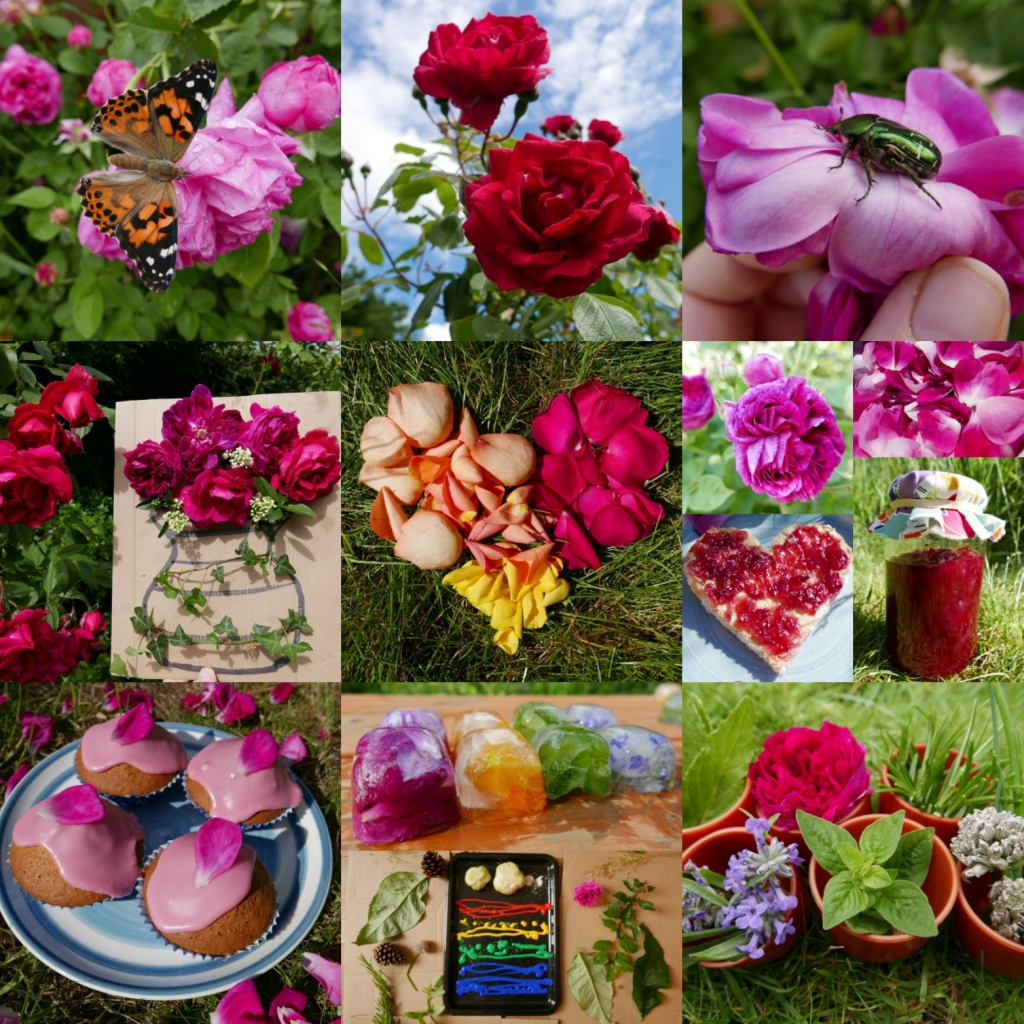
8 Rain Science experiments and activity ideas

14 Soil science and sensory activities
